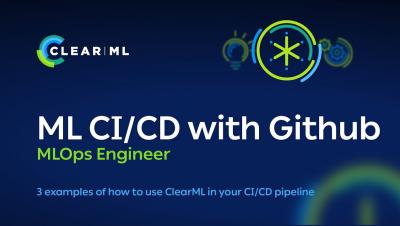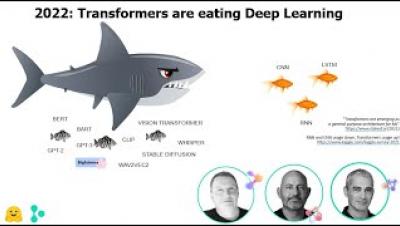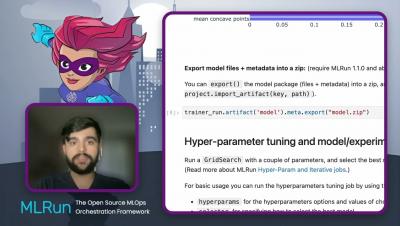Systems | Development | Analytics | API | Testing
Machine Learning
Machine Learning CI/CD using Github Actions and ClearML
Accelerate your data to AI journey with new features in BigQuery ML
BigQuery ML reduces data to AI barrier by making it easy to manage the end-to-end lifecycle from exploration to operationalizing ML models using SQL.
Accelerating Projects in Machine Learning with Applied ML Prototypes
It’s no secret that advancements like AI and machine learning (ML) can have a major impact on business operations. In Cloudera’s recent report Limitless: The Positive Power of AI, we found that 87% of business decision makers are achieving success through existing ML programs. Among the top benefits of ML, 59% of decision makers cite time savings, 54% cite cost savings, and 42% believe ML enables employees to focus on innovation as opposed to manual tasks.
How to Easily Deploy Your Hugging Face Models to Production - MLOps Live #20- With Hugging Face
Contibuting to ClearML: How to Get Started with Open Source Contributions!
Unlocking the value of unstructured data at scale using BigQuery ML and object tables
Most commonly, data teams have worked with structured data. Unstructured data, which includes images, documents, and videos, will account for up to 80 percent of data by 2025. However, organizations currently use only a small percentage of this data to derive useful insights. One of main ways to extract value from unstructured data is by applying ML to the data.
How to Get Started with ClearML's Hyper-Datasets
In this blog post, we’ll be taking a closer look at Hyper-Datasets, which are essentially a supercharged version of Clear-ML Data.











